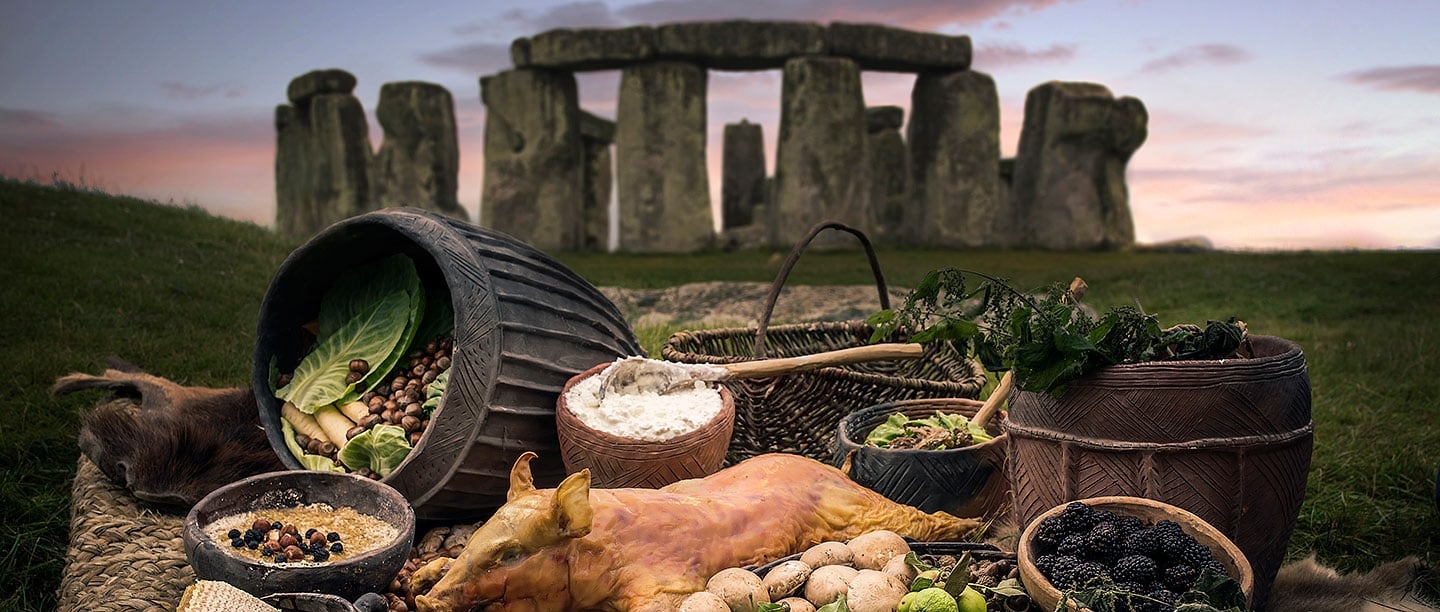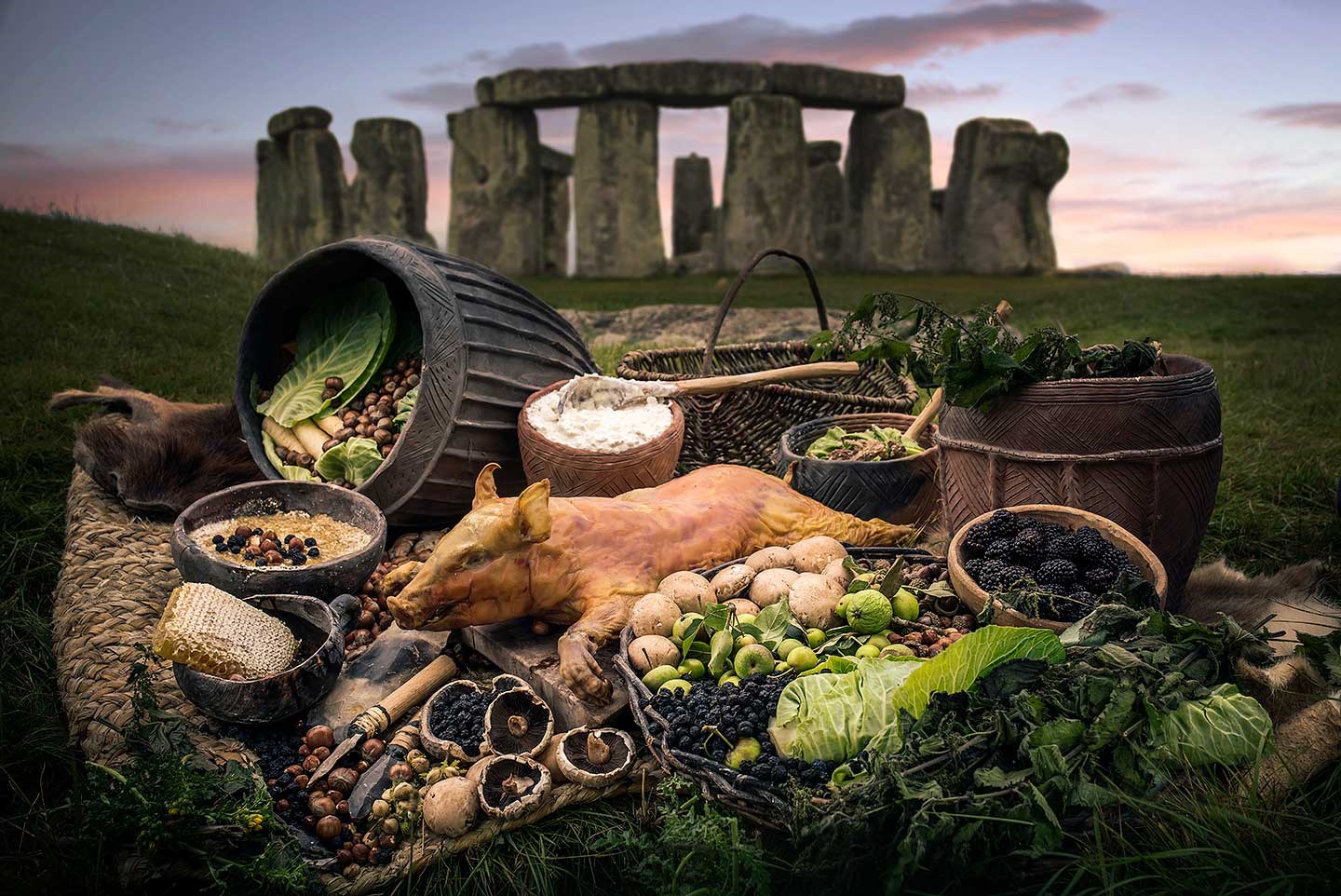Meat Feasts
Around 2500 BC, the people who built and used Stonehenge probably lived at Durrington Walls, a large settlement about 2 miles away. Over 38,000 discarded animal bones have been found there – probably representing at least 1,000 animals. Analysis of these bones can tell us a great deal about where the food came from, and how people prepared their meals.
Of the bones and teeth excavated at the site, 90% were from pigs, and the rest mostly from cattle. Many still had meat attached to them when they were discarded, suggesting that there was more than enough food to go round. Some of the bones have cut-marks made by flint tools, showing that beef was cut up into pieces. Burnt foot bones suggest that pigs were often roasted over open fires.
This was not regular, everyday consumption. Many of the pigs had been killed at about nine months old. Since the piglets were most probably born in the spring, they were therefore all being slaughtered at midwinter. This suggests that people were gathering for feasts at this time of year. Both Stonehenge and some of the timber monuments at Durrington Walls were built to align with the movements of the midwinter and midsummer sun. Were people feasting at Durrington Walls, before processing to witness the midwinter sunset at Stonehenge?
On the Hoof
Where were the animals eaten at Durrington Walls being raised? By measuring the relative amounts of different types of strontium, oxygen and sulphur in the animal bones and teeth – using a technique known as stable isotope analysis – it’s possible to work out roughly where animals were raised, as these elements are affected by geology, nearness to the coast, and climate.
Analysis of the pig teeth from the site suggests that some of the pigs were reared in west Wales, some in upland northern England and some even as far away as north-east Scotland. The cattle teeth also suggest that these animals were not raised on the local chalk geology.
The animals are likely to have been herded to the Stonehenge area, which would have been much easier than slaughtering them first and transporting the carcasses. So people were herding animals over long distances, perhaps even bringing them by boat. People across Britain must have known about Stonehenge and travelled there from afar, whether to help build the monument or to take part in ceremonies and feasts there.
Daily Diet
How did this feasting at Durrington Walls contrast with people’s everyday diet? By the late Neolithic period (3000–2300 BC), people in Britain had been farming for over 1,000 years, so they were expert at raising domestic animals for meat and milk, which seem to have been the most important elements of their diet and economy. They also cultivated and processed cereals, although not on a large scale. The earliest field systems and permanent settlements date from the Bronze Age, around 1500 BC. People also continued to gather wild foods such as mushrooms, berries and plants, and to hunt wild animals.
Domestic animals and plants had arrived in Britain in about 4000 BC, brought from the Continent as part of the much wider spread of agriculture across Europe. Over time, domestication changed the body shapes and behaviours of animals. There is also some evidence of interbreeding, for example between prehistoric aurochs and domesticated cattle.
A food timeline
Since the Neolithic period, many types of food have become available to people living in the British Isles. The Romans brought a variety of exotic foods, and European exploration of other parts of the world led to imports of new foodstuffs such as potatoes, tomatoes, sugar and chocolate. Use our timeline to find out when different foods became widely available in Britain.
Explore the food timelineYou are what you eat!
How do archaeologists know what people ate over 4,000 years ago? Other than food remains at archaeological sites, the most direct evidence comes from analysing human bones, teeth and excrement. Teeth, for example, are an excellent source of information. Tooth decay is the result of eating too many starchy crops or too much sugar. Gritty, fibrous or hard foods can wear teeth down gradually over time, and food can also cause ‘microwear’, small scratches or pits only visible with a microscope. Dental calculus, or plaque, was common before the invention of the toothbrush and can preserve tiny fragments of food.
Scientists can also learn about diet by using stable isotope analysis to measure the amounts of carbon and nitrogen within human bone. This can indicate whether a person was eating mostly marine (eg shellfish and fish) or terrestrial organisms, and whether they had a vegetarian, meat or mixed diet. On rare occasions, when a body is preserved in ice, in a bog, or by mummification, the contents of a stomach can survive. Ötzi, for example, a Bronze Age man whose mummy was found in an Alpine glacier, had eaten preserved goat meat for his last meal.
Mythbuster: The Paleo Diet
The modern Paleo diet is a low-carbohydrate, high-protein nutritional plan based on the presumed meat-heavy diet that people ate in the Palaeolithic period (about 2.6 million to 10,000 years ago).
But contrary to popular belief, early modern humans didn’t just eat meat – they also ate a wide range of plants including roots, seeds and wild grasses. Even our more ancient ancestors weren’t pure carnivores – recent analysis of the dental calculus of a Neanderthal individual from El Sidrón cave, Spain, showed that he or she had eaten mushrooms, pine nuts and moss.
Unlike animal bones, plant remains often don’t survive on archaeological sites, so it takes careful analysis of pollen and tiny fossils or charred plants, coprolites or dental calculus to work out what plants and fungi people were eating. This is maybe one reason why the myth that early modern humans only ate meat has taken hold.
What’s Cooking?
The people living at Durrington Walls used a type of pottery now known as Grooved Ware because of its geometric grooved decoration. It is often found at henges and ceremonial sites and seems to have been made with feasting and serving in mind.
When a pot is used for cooking, some of the food molecules seep into the porous ceramic material. Scientists have recently developed new ways of chemically analysing pottery fragments to extract these trace residues and identify them. At Durrington Walls, the pots were mostly found to contain pork and beef fats.
Magical Milk
About a quarter of the Durrington Walls Grooved Ware pots that were tested were found to contain dairy products – milk, butter, yoghurt or cheese. Most of the pots that had held dairy products were found in and around the Southern Circle, a timber ceremonial monument. Perhaps milk was part of the religious ceremonies that took place there. In many world cultures, milk is seen as a special substance, associated with purity and nourishment.
We know that people in Britain at this time were lactose-intolerant – they did not have the ability to digest raw milk – and therefore had to process milk into products like cheese and yoghurt so that they could digest it. In this video, Dr Penny Bickle from the University of York explains how Neolithic people might have made cheese.
More about prehistoric cheeseFeasting in later Prehistory
The late Neolithic period, when the stone circle at Stonehenge was built, wasn’t the only time in prehistory that communities gathered to hold large feasts. Later, at the end of the Bronze Age and in the early Iron Age (1000–600 BC), large midden sites (waste dumps) were created by people gathering for feasts across southern England and Wales. They survive today as deep build-ups of dark soils (which is why they are sometimes known as black earth sites) and usually contain ash, manure, food remains and pottery.
These mounds of dark earth, made of fertile organic remains, were not spread on the fields as would normally be expected, but appear to have been deliberately kept and built up into huge mounds. These may have become markers of community identity and symbols of fertility. At least 30 such midden sites are known and their size can be quite extraordinary – the small part of the midden excavated at Potterne, Wiltshire, has produced about 134,000 animal bones. Archaeologists often find fragments of cauldrons, smaller bronze bowls and ladles in middens, suggesting that display and serving with style were important parts of the feasting ceremonies.
The earliest Iron Age midden sites also contain many fragments of pottery, much of it highly decorated. Some of the vessels from All Cannings Cross in Wiltshire, for example, were burnished, possibly to imitate cauldrons. Sharing food from such vessels may have been a way of negotiating friendships and alliances in the community.
Find out more
You can find out much more about the scientific research into food and feasting in prehistory from:
R Madgwick and R Mulville, ‘Feasting on fore-limbs: conspicuous consumption and identity in later prehistoric Britain’, Antiquity, 39 (2015), 629–44 (subscription required; accessed 13 Sept 2017)
A Gwilt and M Lodwick, ‘The “champion’s portion”? Prehistoric feasting at Llanmaes’, Current Archaeology, 233 (2009), 29–35
O Craig et al, ‘Feeding Stonehenge: cuisine and consumption at the late Neolithic site of Durrington Walls’, Antiquity, 89 (2015), 1096–109 (subscription required; accessed 13 Sept 2017)
E Wright et al, ‘Age and season of pig slaughter at late Neolithic Durrington Walls (Wiltshire, UK) as detected through a new system for recording tooth wear’, Journal of Archaeological Science, 52 (2014), 497–514 (subscription required; accessed 13 Sept 2017)
S Viner et al, ‘Cattle mobility in prehistoric Britain: strontium isotope analysis of cattle teeth from Durrington Walls (Wiltshire, UK)’, Journal of Archaeological Science, 37 (2010), 2812–20 (subscription required; accessed 13 Sept 2017)
M Parker Pearson et al, Stonehenge: Making Sense of a Prehistoric Mystery (York, 2015)
Top image © English Heritage (photo by Andre Pattenden)
More about Stonehenge and prehistoric feasts
-
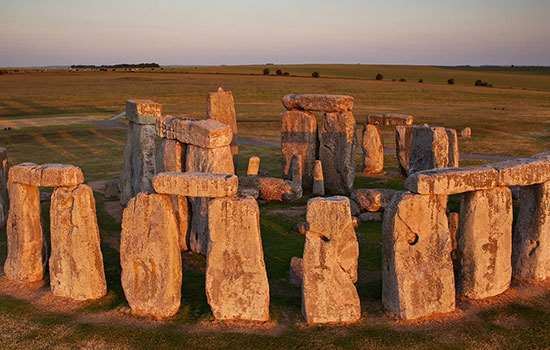
History of Stonehenge
Read a full history of one of the world’s most famous prehistoric monuments, from its origins about 5,000 years ago to the 21st century.
-
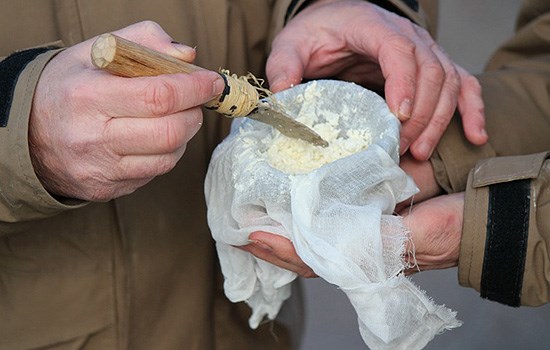
Why did we start making cheese?
Dr Penny Bickle explains how Neolithic people were lactose-intolerant and had to process milk in order to digest it properly.
-
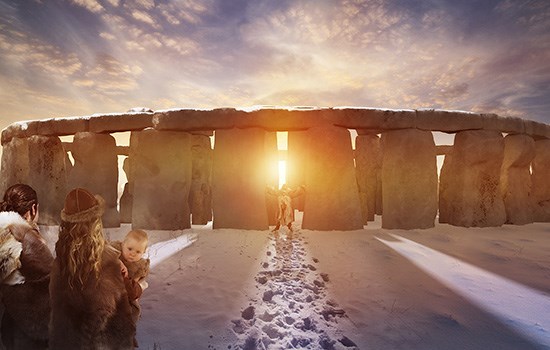
Ancient festive feasts at the time of Stonehenge
Dr Lizzy Wright delves deeper into the archaeological evidence for prehistoric midwinter feasting at Durrington Walls.
-
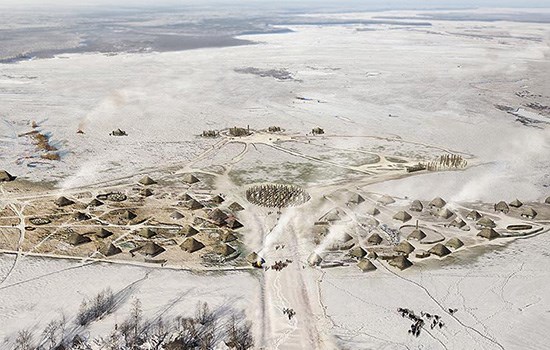
Neolithic food miles: travelling to Stonehenge
Where did all the people who gathered at Durrington Walls come from, and how do we know? Dr Richard Madgwick explains what the latest research reveals.
-
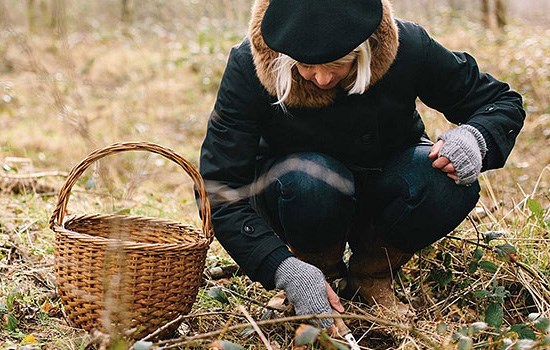
Food and Foraging at Stonehenge
Jessica Seaton looks at how we can reconnect with the places where we live by foraging, just as our prehistoric ancestors did, and gives some tips for beginners.
-
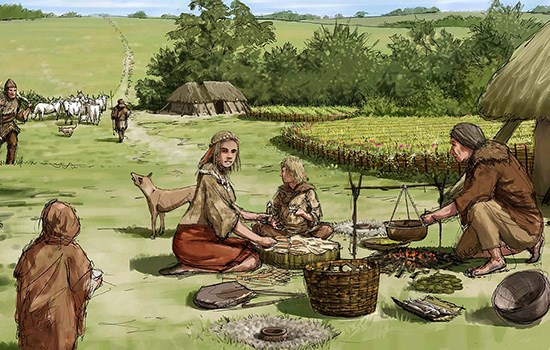
A timeline of food
Since the time of Stonehenge, many types of food have become available to people living in the British Isles. Use this timeline to find out more.
-
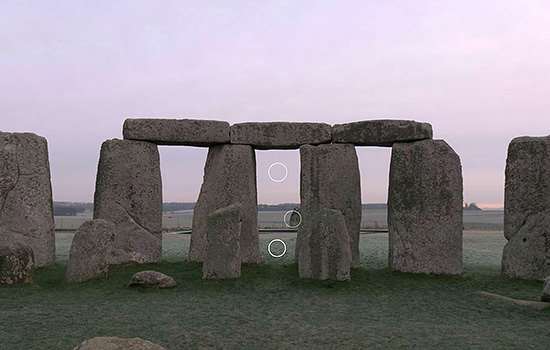
Virtual Tour of Stonehenge
Take an interactive tour of Stonehenge with this 360 degree view from inside the stones, which explores the monument’s key features.
-
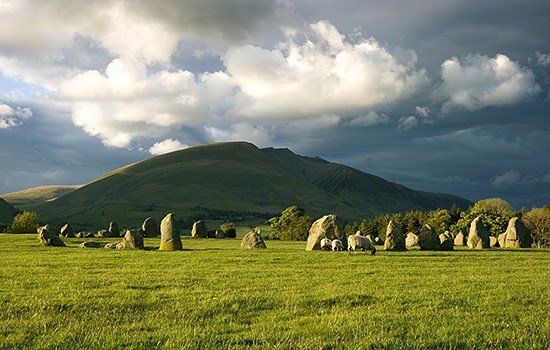
England’s prehistoric monuments
England’s prehistoric monuments span almost four millennia. Discover what they were used for, how and when they were built, and where to find them.

